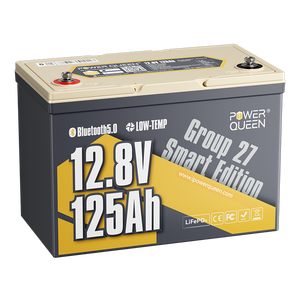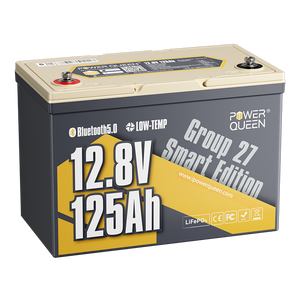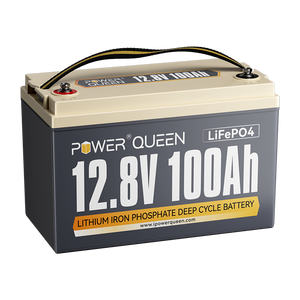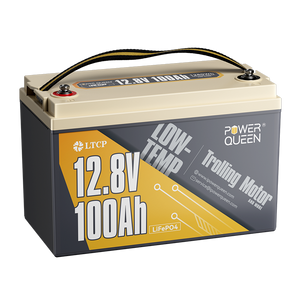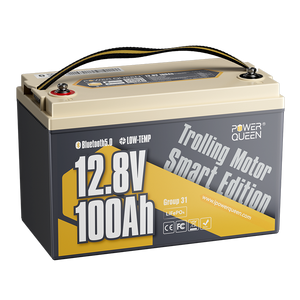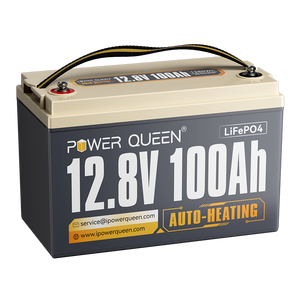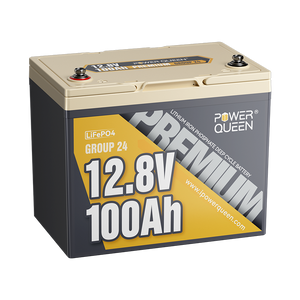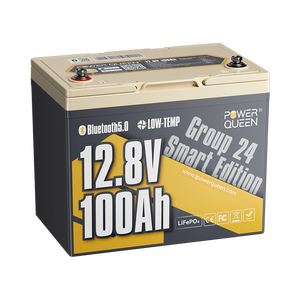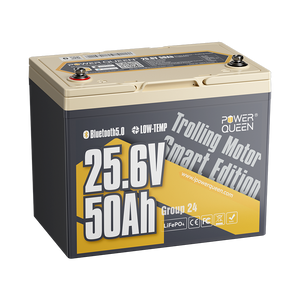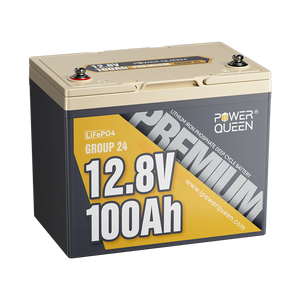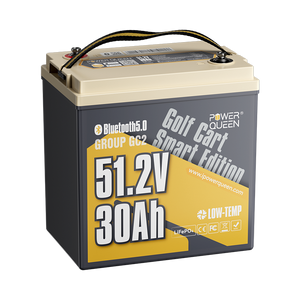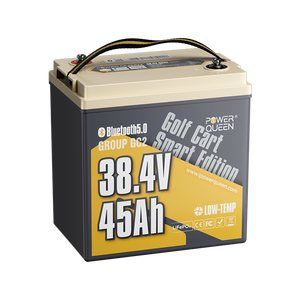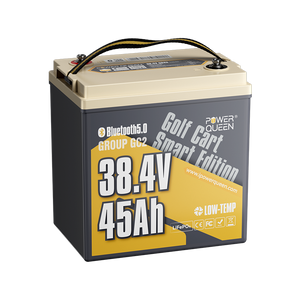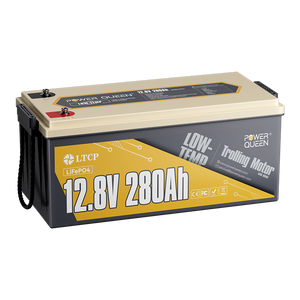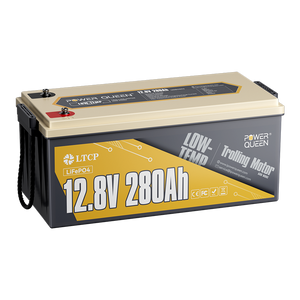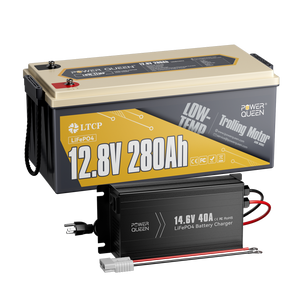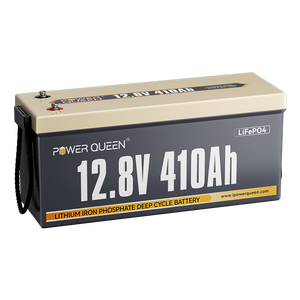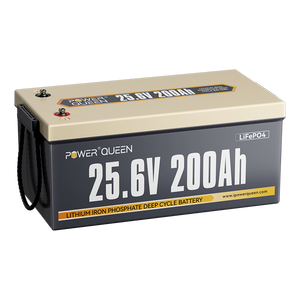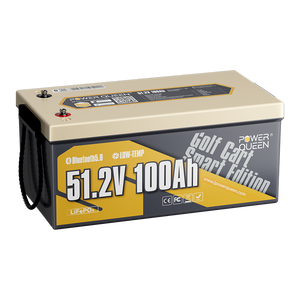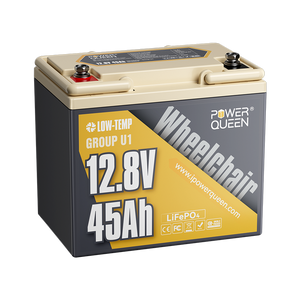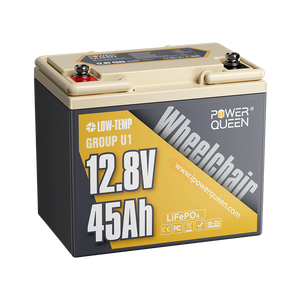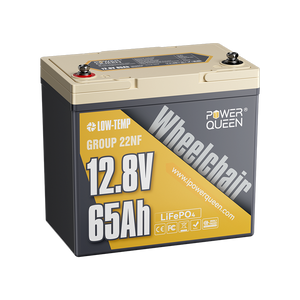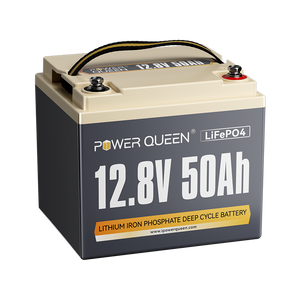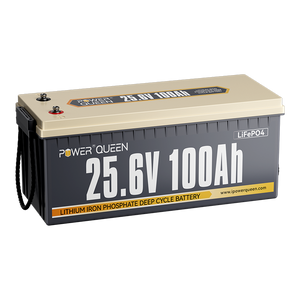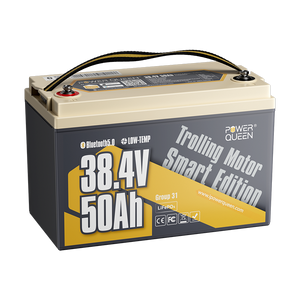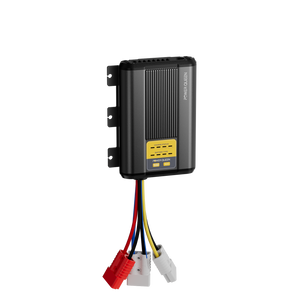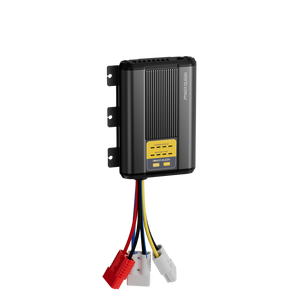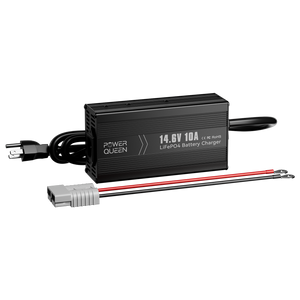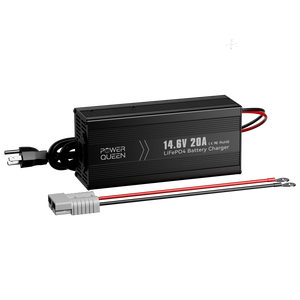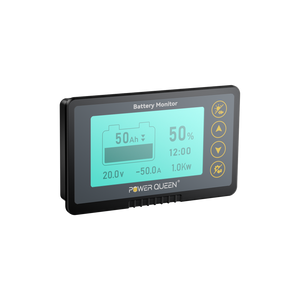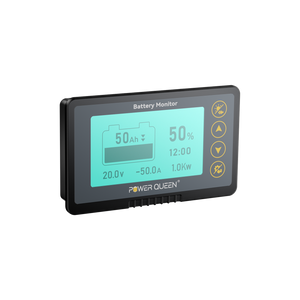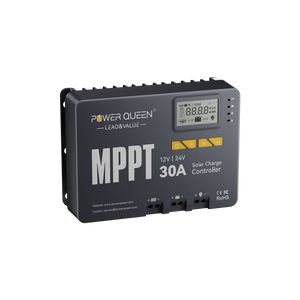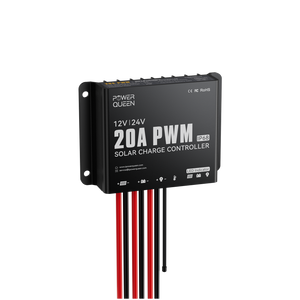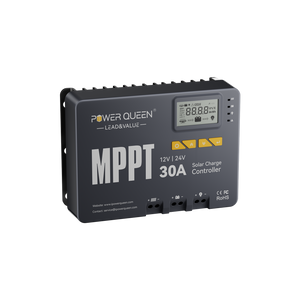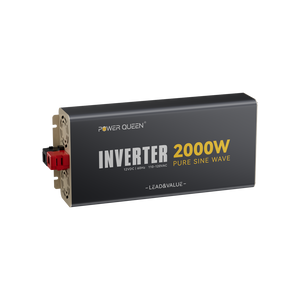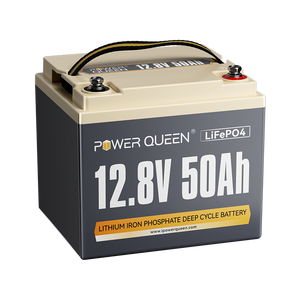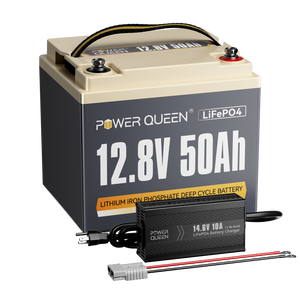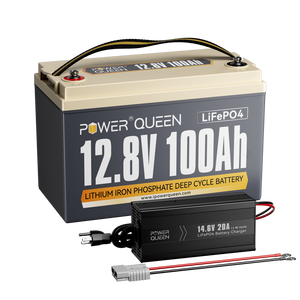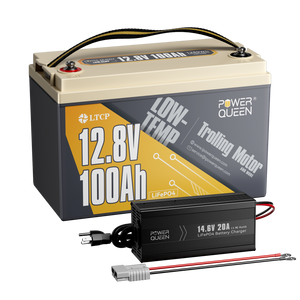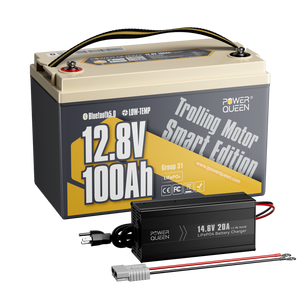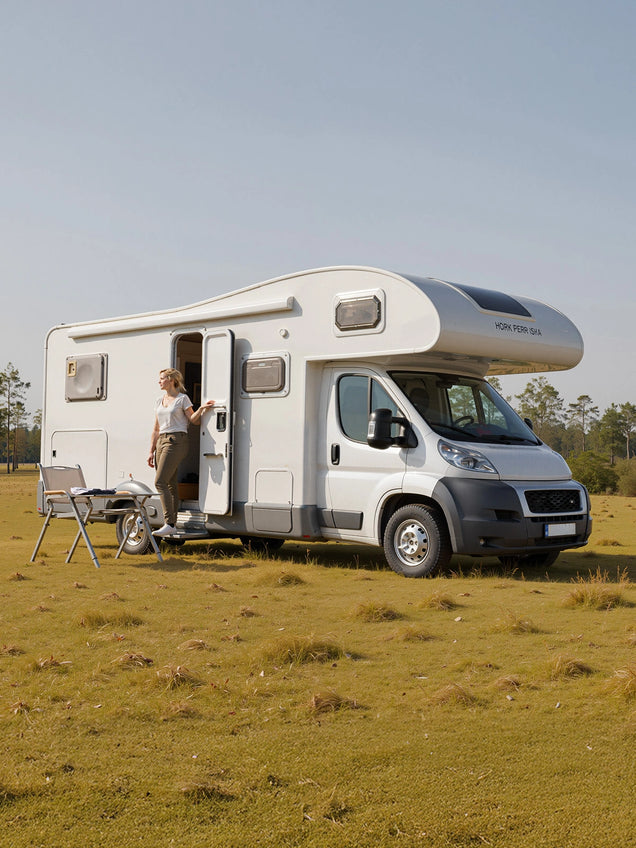Top Tips For Expanding Your Existing Battery Bank: Unlock More Power
As an RV owner or off-grid enthusiast, you rely on your battery bank to power all of your appliances and devices when traveling. However, when energy demands rise and more gadgets are added, you may need to enlarge your battery bank to suit your requirements. Fortunately, there are various ideas and procedures you may utilize to increase the capacity of an existing battery bank.
Table of Content
- Part 1. Assessing Your Energy Needs
- Part 2. Adding More Batteries
- Part 3. Upgrading to Higher Capacity Batteries
- Part 4. Installing a Battery Isolator
- Part 5. Utilizing Solar Panels
- Part 6. Consider a Generator
- Part 7. Conclusion
Part 1. Assessing Your Energy Needs
Before you expand your battery bank, you should first examine your present energy needs. This includes determining how much power is needed to run all of your appliances and equipment, such as lighting, refrigeration, air conditioning, and entertainment systems. Once you've determined your energy needs, you'll be better able to calculate how much more power you need to add to your battery bank.
Part 2. Adding More Batteries
Adding more batteries is one of the simplest ways to increase the capacity of your battery bank. If you have the space, try adding one or more batteries to your current bank. You can increase the capacity of your battery bank by connecting multiple batteries in parallel. A parallel circuit combines the positive and negative connections of each battery, increasing the current (measured in amp hours) while keeping the voltage constant. Learn more about battery series and parallel connections in our most recent blog. This allows you to improve your energy capacity while maintaining overall performance and power output. This increases your overall battery capacity and allows you to work with greater power.

Condition 1: Expanding a Lead Acid Deep Cycle Battery Bank
Adding to a lead-acid battery bank, whether flooded or sealed/AGM, should take place within six months of starting regular use. This is because flooded lead-acid batteries degrade faster than other deep cycle batteries, and the window for increasing your battery bank before it reaches full capacity is narrow.
If you need extra storage and have used your lead-acid batteries for more than six months, replacing them with lithium solar batteries is an excellent option. Lithium batteries have double the capacity (or more) of lead-acid batteries, allowing you to install a brand new, considerably larger battery bank on the same shelf or enclosure as the old one.
Condition 2: Expanding a Lithium iron Phosphate Deep Cycle Battery Bank
Expanding a bank of lithium iron phosphate (LiFePO4) batteries is more versatile than expanding a lead-acid battery bank. Lithium batteries live longer and decay far slower than lead-acid batteries, therefore the "almost like new" stage lasts longer. However, the length of this stage varies by manufacturer, and some may provide recommendations if you contact them directly.
Another benefit of lithium iron phosphate (LiFePO4) batteries is that each one contains a BMS (battery management system) that manages charging and string balance, making it easier to sync all batteries in a string or bank. However, there are some suggestions and guidelines you should follow to guarantee that you expand your battery bank securely and successfully.

1: Act Quickly and Purchase from the Same Manufacturer
If you wish to enlarge your existing battery bank, you must act immediately. The new and used batteries should be of similar age and condition. As a result, you should acquire replacement batteries as soon as possible after purchasing your originals. It is critical to purchase replacement batteries that are as close as feasible to your current ones. Power Queen suggests replenishing your battery bank with fresh batteries obtained within three months of the original battery purchase. This ensures that your new batteries have the same charge cycle life as your present ones and work flawlessly with your existing system.
2: Don't Mix and Match Different Batteries
It is critical not to mix and match batteries from different manufacturers or those with different model numbers, amp-hour capacity, BMS, or voltages in the same bank. This can result in imbalances and degrade the overall performance of your battery bank. Different batteries discharge at different rates, which can result in premature battery failure and harm to your appliances or devices. Ensure that all new batteries in your system are of the same generation and meet the same specs as your existing batteries.
3: Check Your Charging Source
Before adding extra batteries to your system, ensure that your charging source (solar panels, wind turbine, etc.) is capable of meeting the increased demand. Adding more batteries to your system requires more power to completely charge them. You may need to install more solar panels, wind turbines, or other renewable energy sources to ensure that your battery bank receives enough charge to maintain its new capacity.
Part 3. Upgrading to Higher Capacity Batteries
If you want to increase your battery capacity without taking up more room, upgrading to greater capacity batteries could be the solution. Lithium-ion and LiFePO4 batteries are popular because they can store more energy in less space.
Lithium-ion batteries are lighter and smaller than lead-acid batteries, making them ideal for use in laptops, smartphones, electric bicycles, hybrid and plug-in electric vehicles, portable backup power supplies, and other applications where space is limited. They also have a longer lifespan and may support more charge cycles than lead-acid batteries.
Because of its better safety features and long lifespan, LiFePO4 batteries are also a popular choice for RV, marine, and off-grid applications. They can last up to 10 times as long as lead-acid batteries and discharge as low as 20% without appreciably losing capacity.

When upgrading to greater capacity batteries, make sure that they match the voltage of your current battery bank. Consult an expert in the area for advice on which batteries will work best with your system.
![⚡[Final $179]⚡Power Queen 12V 100Ah Group 31 Deep Cycle Lithium Battery](//ipowerqueen.com/cdn/shop/files/100_pd.jpg?crop=center&format=webp&v=1759820817&width=400)
![⚡[Final $179]⚡Power Queen 12V 100Ah Group 31 Deep Cycle Lithium Battery](http://ipowerqueen.com/cdn/shop/files/100_pd.jpg?crop=center&format=webp&v=1759820817&width=400)
Part 4. Installing a Battery Isolator
A battery isolator is an electronic gadget that allows you to charge many batteries at once without overcharging or destroying them. Installing a battery isolator allows you to connect more batteries to your existing battery bank and charge them all at once.
A battery isolator separates your batteries into two electrical networks, one for charging and one for use. This keeps the batteries from being overcharged or discharged unintentionally.
When selecting a battery isolator, make sure it matches the voltage of your current battery bank. You should also evaluate the isolator's maximum amperage rating, which shows the amount of electricity that it can safely handle.
Part 5. Utilizing Solar Panels
Solar panels might be a fantastic addition to your existing battery bank. Installing solar panels on your RV roof allows you to generate additional power to charge your batteries. This can help you get most out of your battery and rely less on external power sources.
When adding solar panels, make sure they're compatible with your current battery bank. Consider the solar panels' wattage and voltage, as well as the amount of energy they can generate. You may need to install more solar panels to suit your energy needs.
Related reading: Can You Charge Solar Batteries without Charge Controller?
Part 6. Consider a Generator
If you need even more electricity, a generator could be the solution. When your battery bank is running low, a generator can supply backup power. Many generator models are designed to function in tandem with your existing battery bank, allowing you to charge and run many appliances at once.
When choosing a generator, consider how much power it can generate and how long it will run on a single tank of gasoline. You should also examine the generator's noise level, size, and weight.
Maintenance Tips
Regular maintenance is vital to keep your battery bank working at peak functionality. This includes routinely checking the water levels in lead-acid batteries, cleaning the terminals, and balancing the charge.
It's also critical to check your battery bank's charge levels on a frequent basis. If possible, do not discharge your batteries below 50%, and always charge them to full capacity before using them again.
Part 7. Conclusion
By investing in a larger battery bank, you can have more freedom and flexibility while traveling or off-grid. You'll be able to use all of your gadgets and devices without fear of running out of power. So, whether you're a full-time RV owner or an off-grid enthusiast, use these suggestions and techniques to boost your battery bank today.
